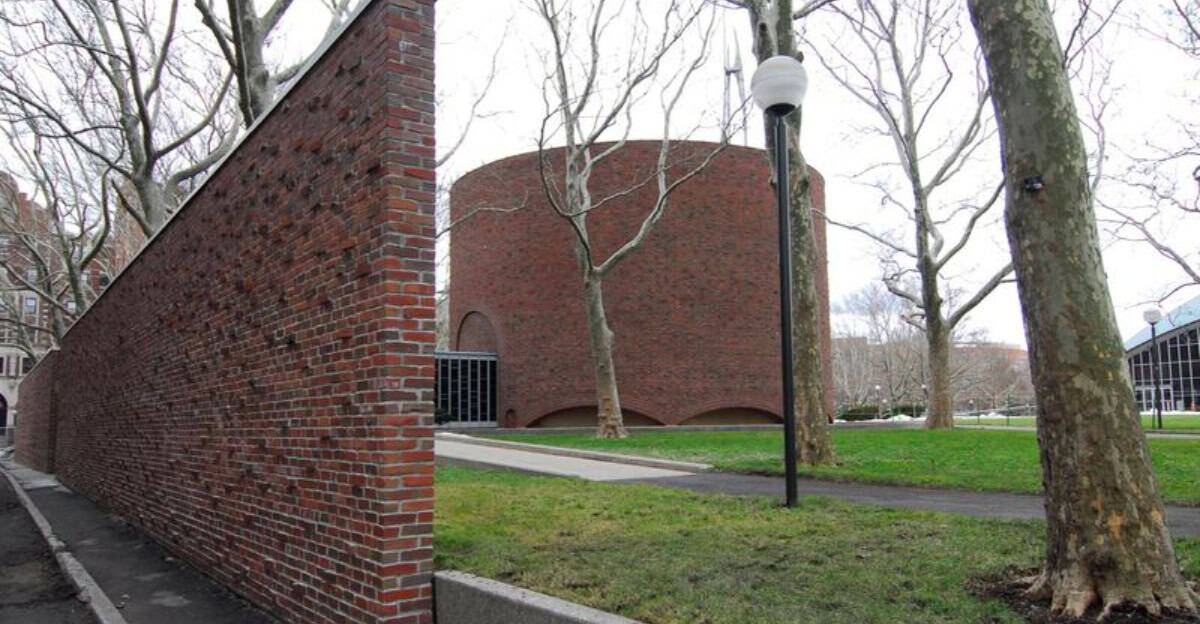The Brutalist Chapel at MIT is more than just a place of worship; it stands as a monumental piece of architectural brilliance.
Through its unique design, it challenges conventional architectural norms and exemplifies the boldness and creativity of Brutalist architecture.
Here’s why the MIT Chapel is an architectural wonder.
1. Unique Cylindrical Structure
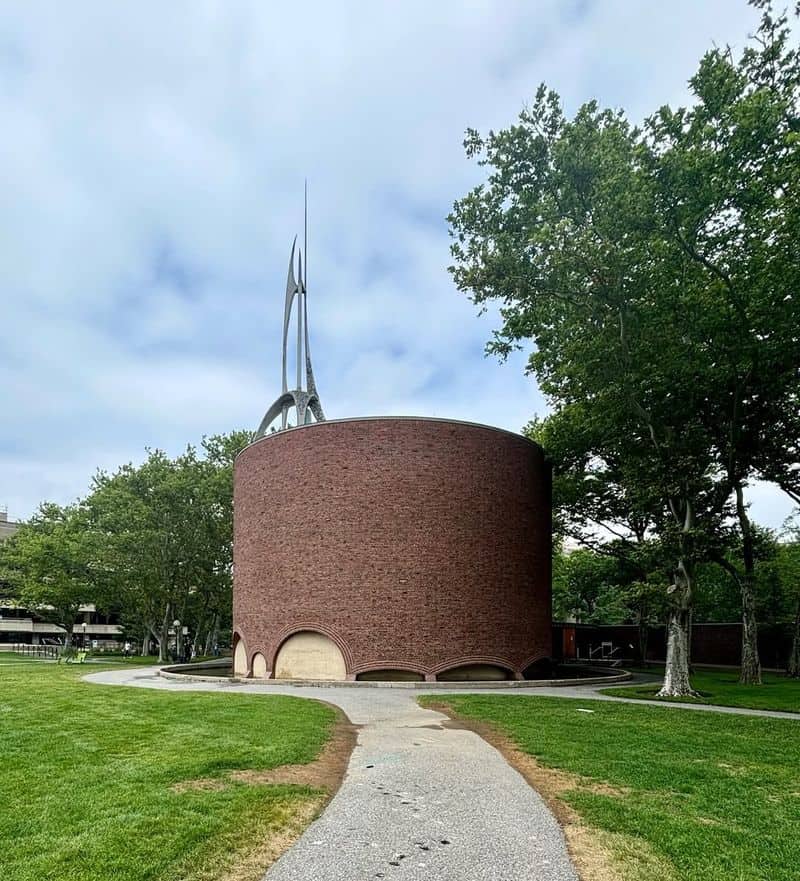
The chapel’s cylindrical shape defies traditional church architecture. This unique form provides a harmonious blend with its surroundings.
Windows are minimized to create a sense of serenity inside, focusing on the space’s spiritual purpose.
The cylindrical design is both innovative and aesthetically captivating, drawing visitors into its tranquil embrace.
2. Innovative Use of Light
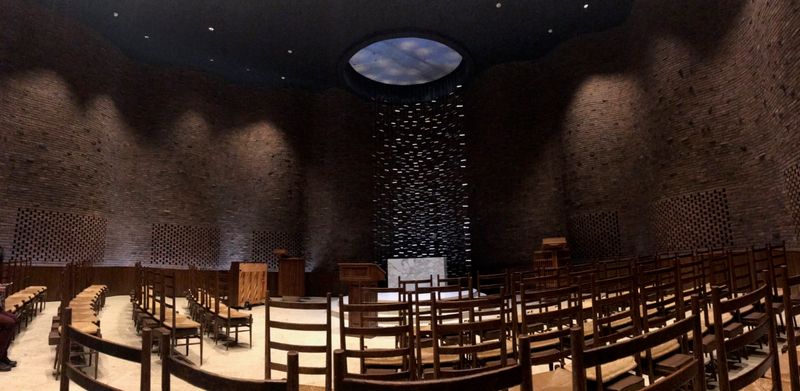
Light within the chapel is meticulously controlled. Small windows allow beams of light to illuminate the interior softly.
Reflections from the surrounding moat enhance this effect. The play of light is not just functional but also spiritual, creating an ethereal atmosphere that elevates the chapel’s sacred space.
3. Relationship with Nature
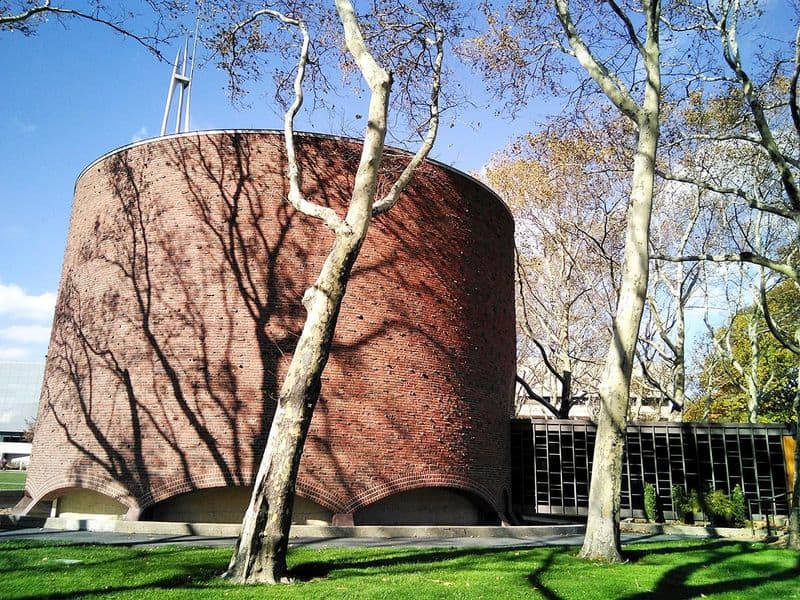
The chapel is encircled by a reflecting moat, integrating the building with its natural environment. This water feature symbolizes purity and reflection.
The surrounding greenery further accentuates this connection, creating a serene ambiance. This harmony with nature invites contemplation and introspection, enhancing the visitor’s experience.
4. Raw Concrete Aesthetic
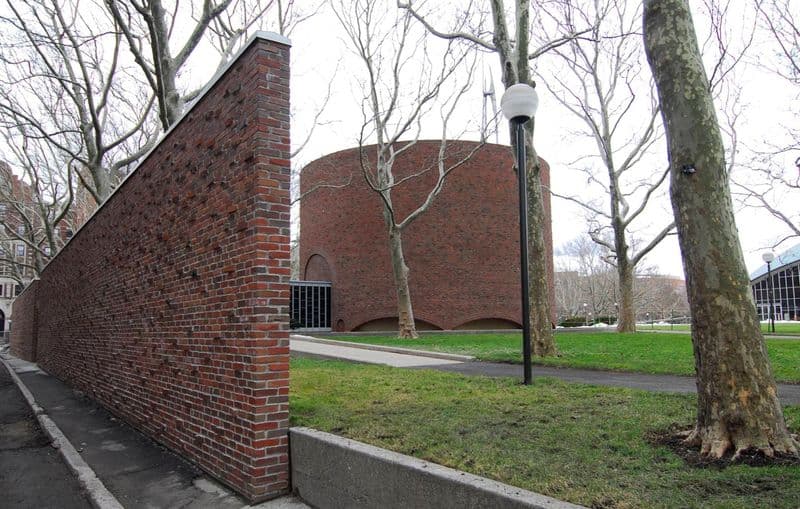
The use of raw concrete in the chapel’s construction reflects Brutalism’s core aesthetic. Its unrefined texture and strong, geometric lines create a bold statement.
This choice of material is not only practical but also visually striking, offering a raw beauty that is both enduring and thought-provoking.
5. Exceptional Acoustics
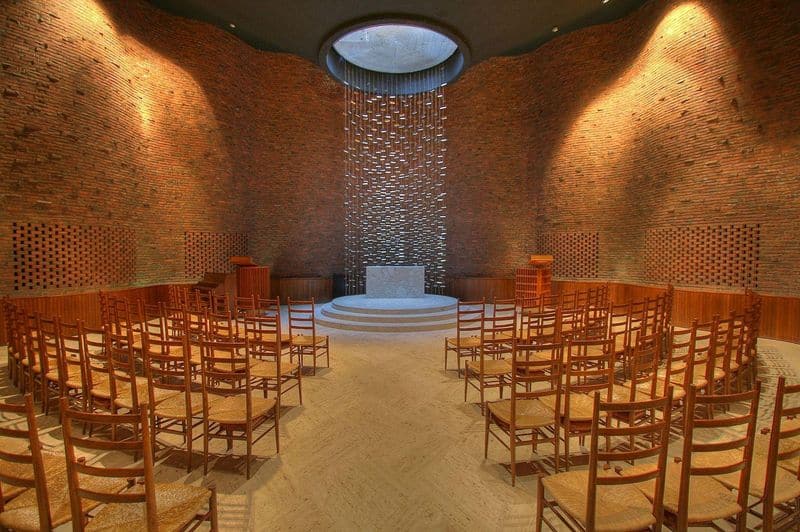
The chapel’s design includes exceptional acoustics, enhancing musical performances and spoken word events.
The circular structure helps sound to distribute evenly, creating an immersive auditory experience.
This attention to acoustical detail ensures that every performance resonates deeply with attendees, adding to the chapel’s multifaceted allure.
6. Spiritual and Secular Fusion
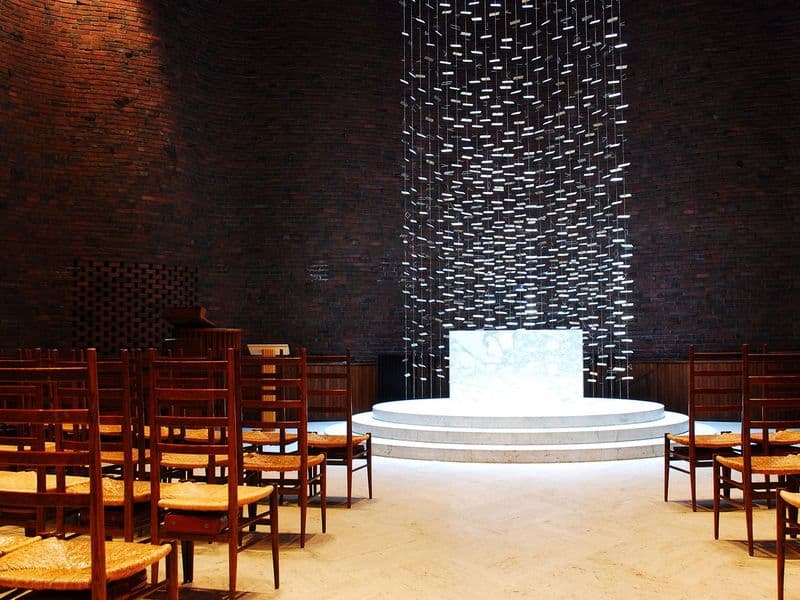
The chapel seamlessly blends spiritual and secular design elements. Its minimalist interior supports various religious and secular ceremonies.
This fusion makes it a versatile space, welcoming to diverse communities.
The design respects tradition while embracing modern aesthetic principles, creating a universally appealing sanctuary.
7. Architect Eero Saarinen’s Vision
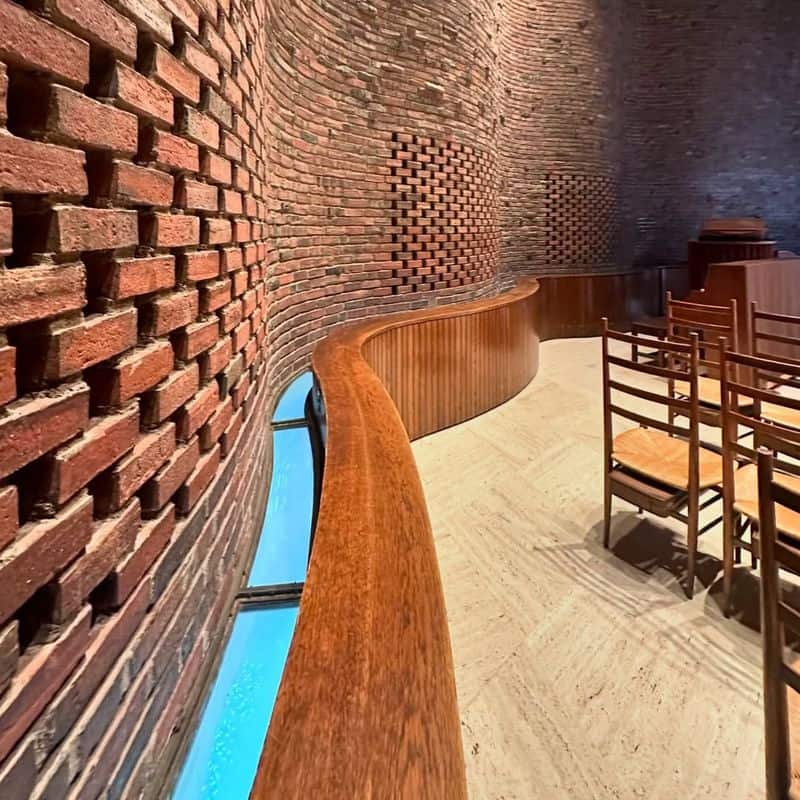
Eero Saarinen envisioned a chapel that broke away from traditional ecclesiastical architecture. His innovative approach focused on simplicity and purity.
Saarinen’s design prioritizes function and form, resulting in a chapel that is both practical and aesthetically groundbreaking. His vision is a testament to his architectural genius.
8. Historic Significance
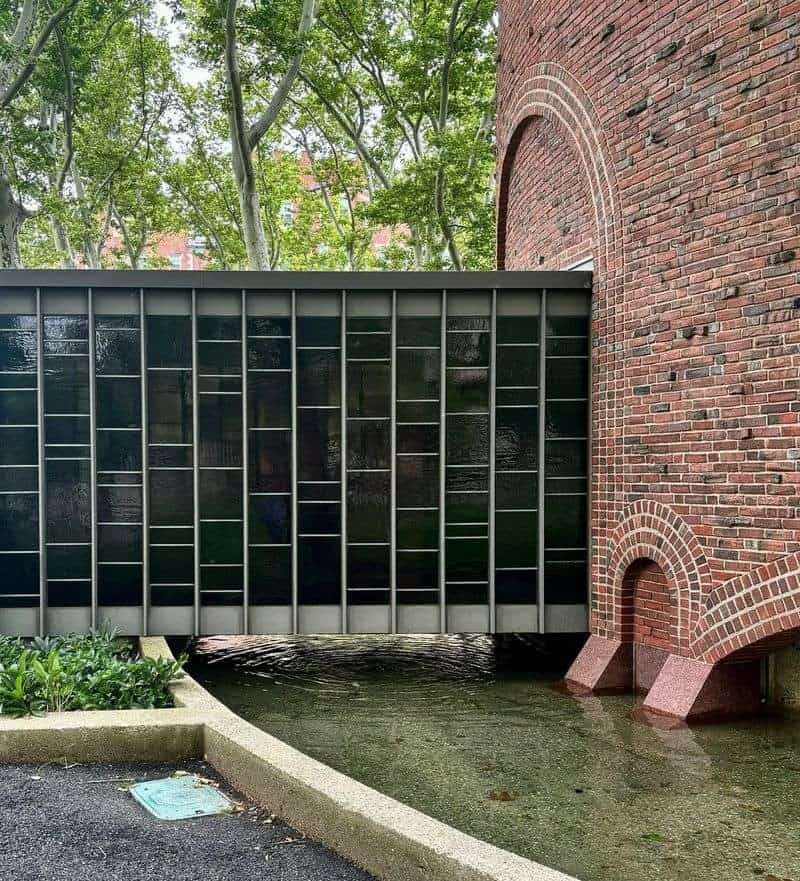
Built in the 1950s, the chapel stands as a historical landmark of mid-century modern architecture.
Its construction represents a pivotal moment in architectural history, showcasing the boldness of Brutalism.
The chapel’s enduring presence on MIT’s campus reflects its historical and cultural significance, cherished by generations.
9. Community Engagement
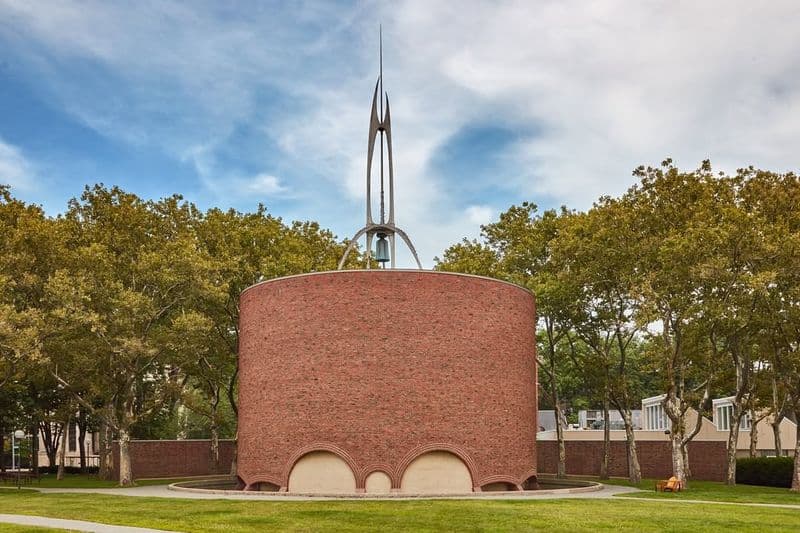
The chapel serves as a hub for community engagement, hosting various events and gatherings. Its design fosters inclusivity and dialogue among diverse groups.
By providing a space for interaction, the chapel plays a vital role in community building. This engagement enriches the cultural fabric of MIT and beyond.
10. Iconic Design Elements
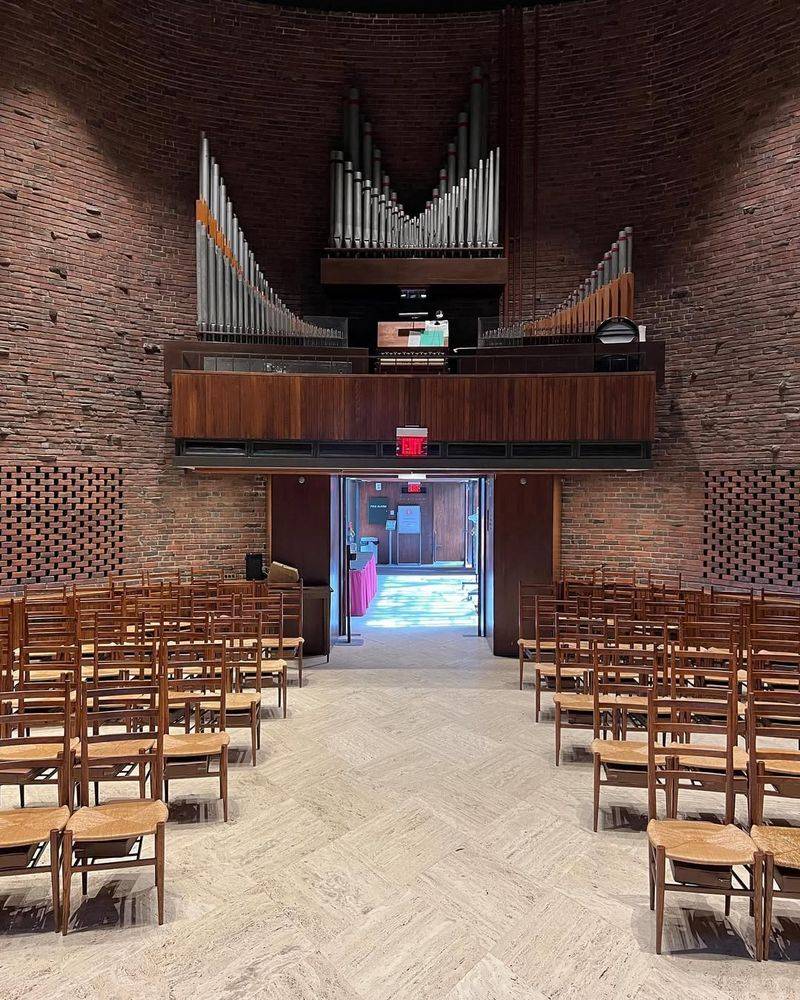
Every element of the chapel’s design is iconic. From its textured concrete exterior to the intricate patterns within, each detail is thoughtfully crafted.
These elements combine to create a cohesive architectural masterpiece. The chapel’s design continues to inspire architects and visitors alike, cementing its status as an icon.

